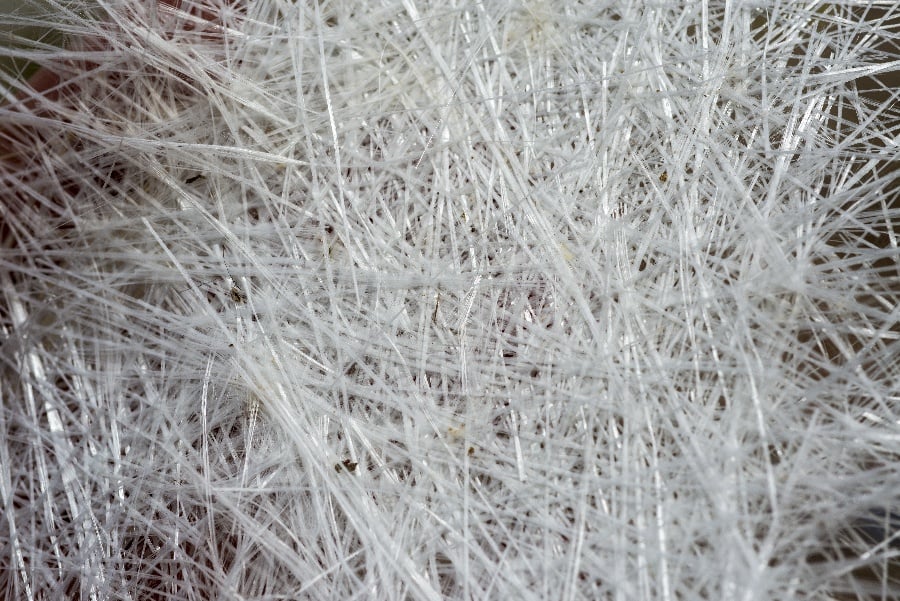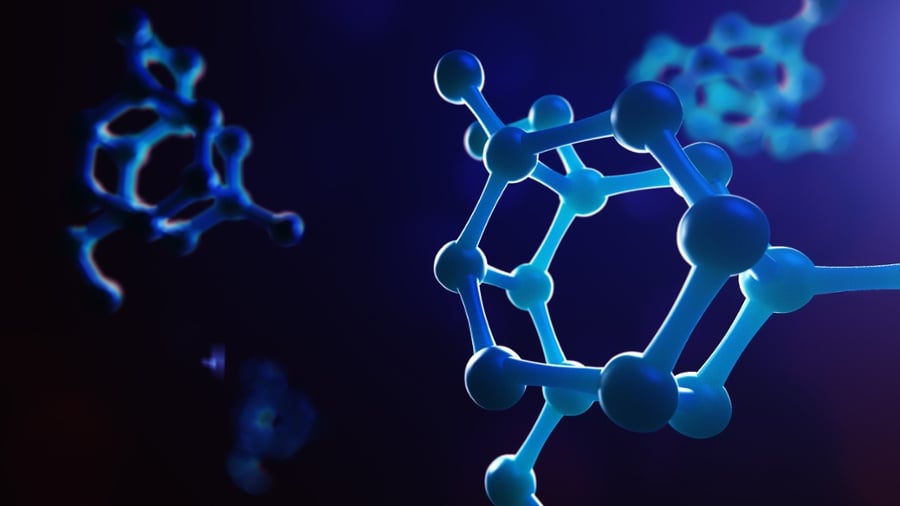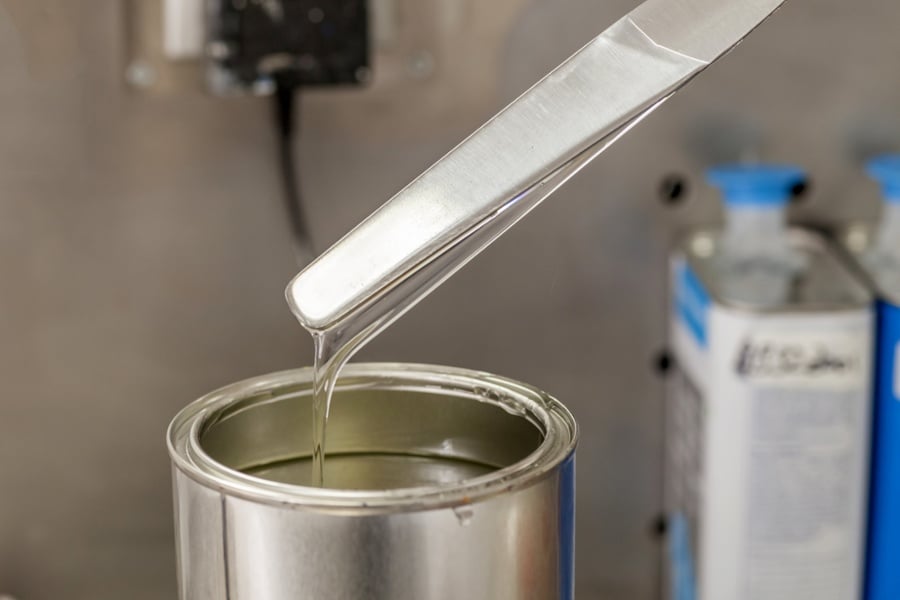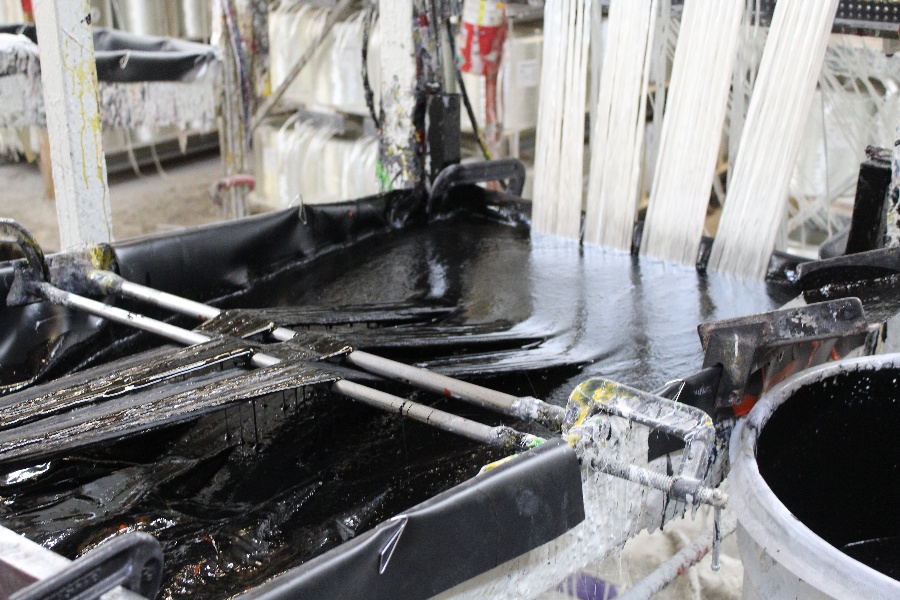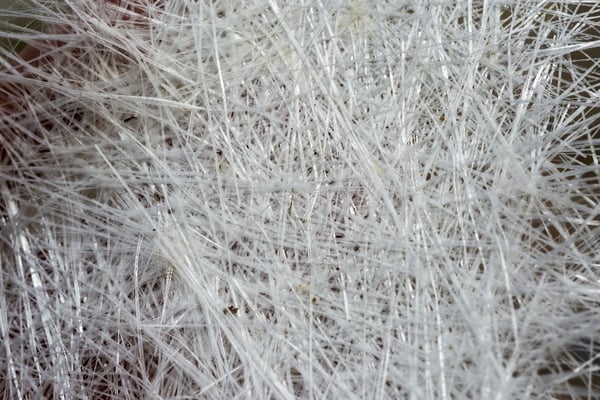
There is an array of materials and components that go into the production of fiber reinforced polymer (FRP) composites.
From fibers to resins to the cured polymers, there is a range of options available. Because of this, it’s important that engineers understand the manufacturing process as well as the impact each element has on end products.
One of the key customizable features of FRPs are fibers. Of course, polymers and resins are another highly customizable component of FRP manufacturing, but that’s a topic for another blog.
As well as discussing the different fibers available in FRP manufacturing, this article will give examples of the end products that can be made from different fibers as well as briefly explaining the pultrusion manufacturing process.
The Pultrusion Process - How FRP is Made
There are two main forms of FRP manufacture: extrusion and pultrusion. Where extrusion pushes fibers through resin baths, pultrusion does the opposite: it pulls.
Aside from this key difference, pultrusion is also lower cost and allows for far advantageous material properties like corrosion resistance, higher tensile strength, and lowered part weights.
These benefits are why Tencom made the switch years ago, and why pultrusion is the best option for your next project.
Pultruded FRPs are manufactured by pulling fiber reinforcements through a resin bath. Once saturated, the fibers are then fed through pre-former tools that remove excess resin and begin the process of shaping the product.
Thereafter, the saturated fibers are pulled into a die and cured, ready to be cut and shipped out.
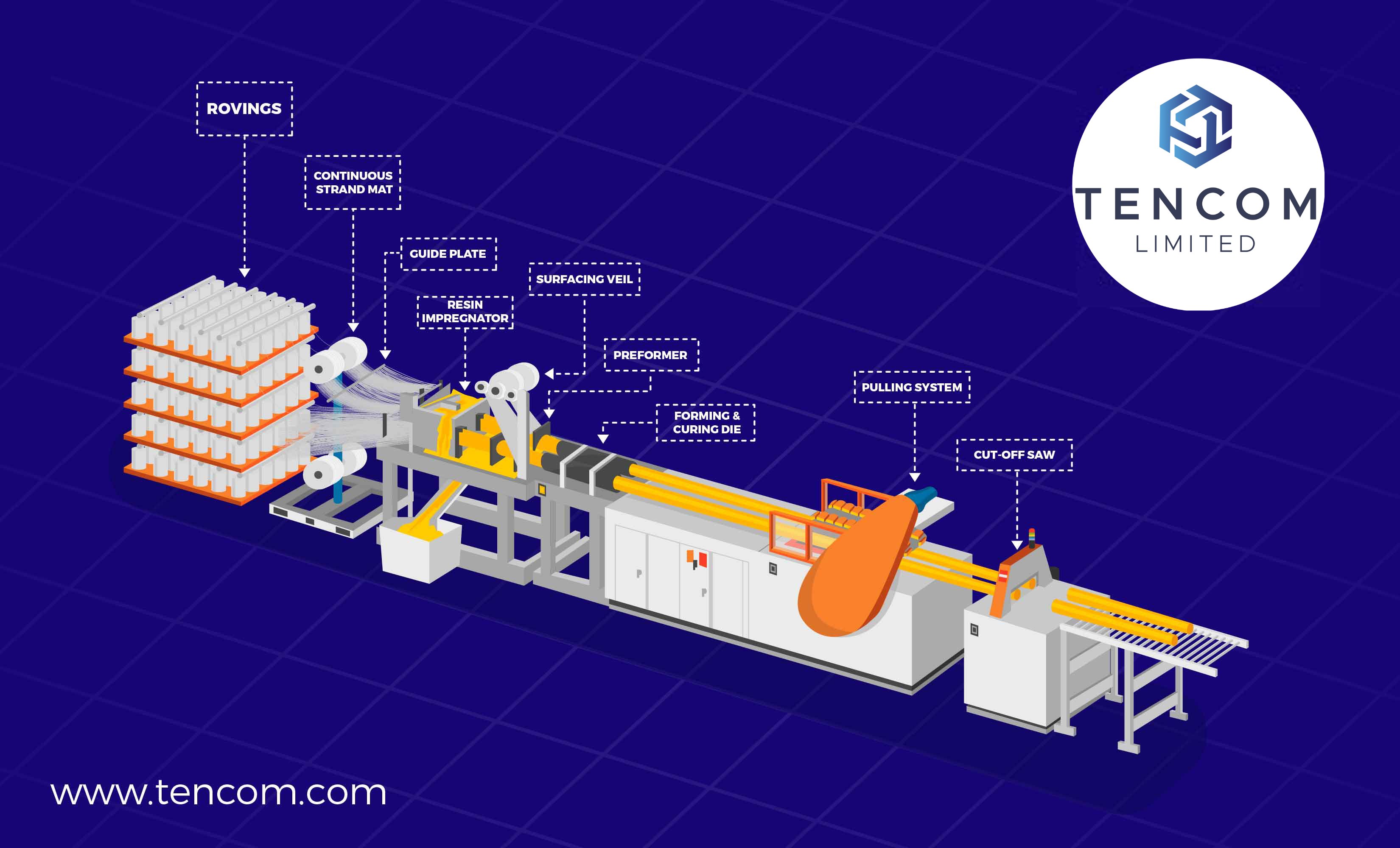
If you’re interested in knowing more about the pultrusion process used at Tencom, read our guide or contact us to speak with an expert.
Types of Pultrusion Fibers
There are numerous fibers available to engineers, each with their own unique properties. The best option for your project will depend on your goals and the performance specifications required of the end product.
Below are explanations on three of the most common fiber reinforcements used in FRP manufacturing as well as examples of their practical use.
Glass Fiber
Glass fibers are made by melting down raw materials (silica sand being the primary ingredient) into extremely delicate filaments.
These singular filaments are bundled together into strands or rovings, which are then pulled through resin baths and cured to make FRPs.
Glass fibers are the most common and least expensive fiber reinforcement used in FRPs across almost all industries and also the oldest. There is substantial evidence of ancient Egyptians using glass fibers to reinforce vessels and pots roughly ~4500 years ago.
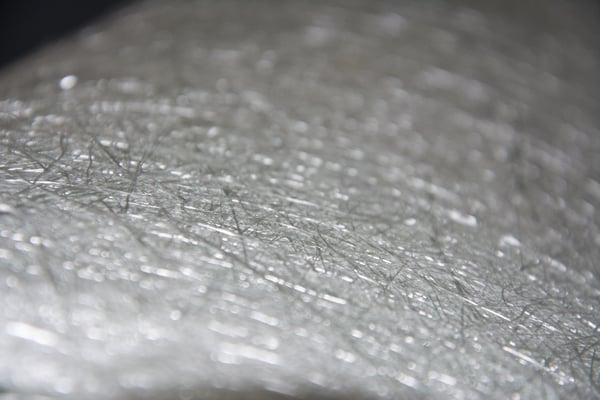
In the current day, glass fibers are produced around the world for a range of purposes but have found great popularity as reinforcement in FRP composites.
When used in FRPs, glass fibers increase tensile strength, dimensional stability, and creep, impact, and chemical resistance.
Additionally, there is a range of specialty glass fibers with specific performance characteristics. E-glass being one of them is an exceptional electrical insulator.
Even though glass fiber is extremely light-weight, it weighs more than and is not as stiff as carbon fiber (the second most common fiber reinforcement).
However, it is more impact-resistant and has greater elongation-to-break performance, so if you need a low-cost product with high impact-resistance, glass fiber reinforcements are a great option.
Glass Fiber End Products
Being the most common fiber reinforcement on the market, it has applications in almost all industries. Examples of fiberglass usage include:
- Fiberglass piping and tubes for use in antenna housing, tool handles, fiber optic cabling, non-conductive ladder rails, and more.
- Fiberglass window reinforcements for exceptional structural and thermal performance.
- Marine applications, particularly for use in boat building.
- Wind turbine blades and other parts necessary for the renewable energy sector.
Carbon Fiber
Fibers with a carbon content of 90% or above are classified as carbon fibers and are produced from a range of precursors.
These precursor fibers (rayon, pitch, lignin, or polyacrylonitrile [PAN] being just a few examples) are then treated, heated, stretched, and carbonized to create the carbon fiber that is used in FRP manufacturing.
Carbon fiber has higher tensile strength and far lower weight than most other fibers, but is less impact-resistant and can cause corrosion when in direct contact with metals.
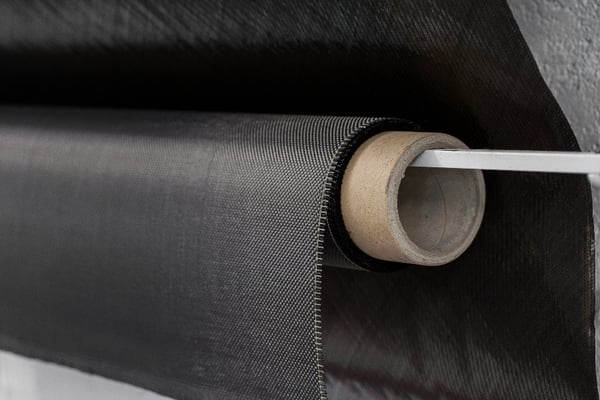
The corrosion issues can be overcome by applying a protective layer of fiberglass or epoxy but is something to keep in mind for projects that have metal components.
Depending on the precursor used, the resulting carbon fibers will have different performance properties, but the general characteristics listed above are true for all iterations.
If you have any specific questions about carbon fiber or need exact performance statistics, contact one of the experts at Tencom.
Carbon Fiber End Products
Carbon fiber is the second most popular reinforcement in FRP manufacturing behind glass. Some examples of carbon fiber FRPs include:
- Automotive body parts like those used in high-performance supercars like Corvettes and Lamborghinis.
- Hydrogen tanks for fuel cell vehicles.
- Sport and recreation items such as fishing rods, golf shafts, tennis rods, hockey sticks, and bicycles.
Aramid Fiber (Kevlar)
Aramid fibers are synthetic fibers formed from polyamide fibers. Aramid fiber is renowned for its use in bulletproof vests and is commonly referred to as Kevlar.
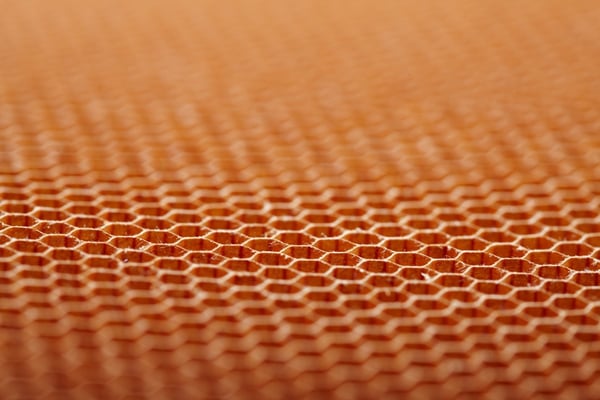
As you would expect from a material known for its bulletproof properties, aramid fiber has exceptional impact resistance.
Additionally, it has a higher elongation than carbon (although less than glass), is heat resistant to very high temperatures, has excellent corrosion resistance and is lightweight and high-modulus making it an ideal reinforcement for a range of applications.
Aramid Fiber End Products
- Ballistic protection. Not just in vests, but for armoring military and civilian vehicles as well.
- Sporting goods like bicycle tires where impact resistance is needed.
- Electronic casing for cell phones and other portable devices.
Conclusion
By taking a look at pultrusion manufacturing and some of the fiber reinforcements available, it is clear that there is a wealth of customization options available depending on your specific needs.
Regardless of your project, selecting the right fiber reinforcement for your project will allow for a high performing product at a lower cost to you.
If you’re interested in learning what fiber reinforcements work best for your next project, contact us and get in touch with our team of experts.

